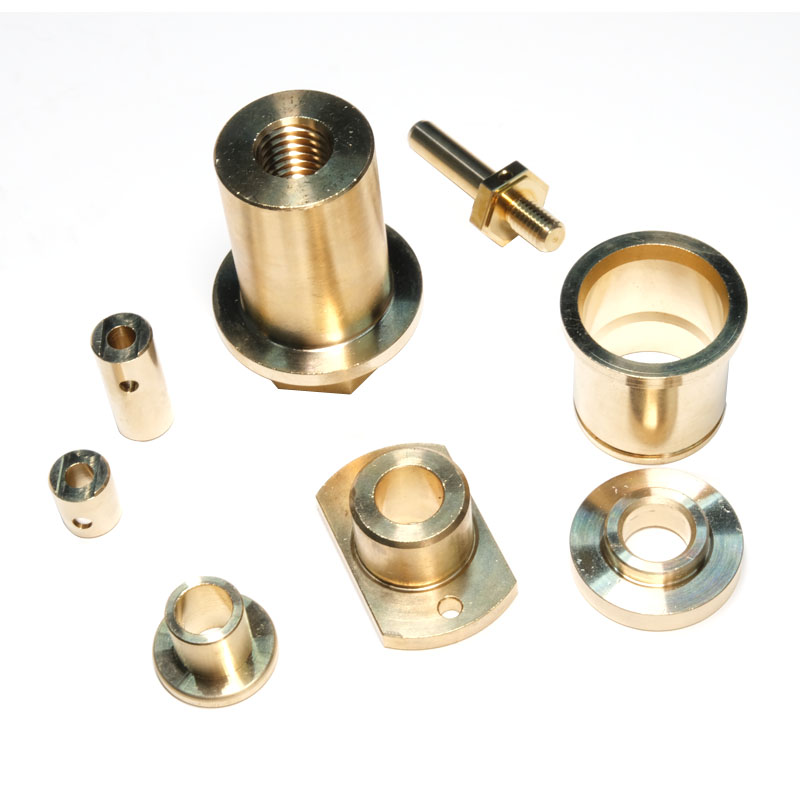Unveiling the Significance of Sensor Housings and Enclosures
2023-12-15
Introduction:
In the realm of modern technology, sensors play a pivotal role in capturing and interpreting data for a myriad of applications. However, the unsung heroes ensuring the seamless operation of these sensors are often sensor housings and enclosures. These protective structures are more than just covers; they serve a critical purpose in safeguarding delicate sensor components from environmental influences. Let's delve into the primary purpose of sensor housings and enclosures and understand their indispensable role in the world of sensing technology.
The Basics:
At its core, a sensor housing or enclosure is a protective shell designed to shield sensors from external elements that could compromise their functionality. Sensors are deployed in diverse environments, from industrial settings to outdoor applications, and are exposed to factors like moisture, dust, temperature variations, and physical impact. The primary purpose of sensor housings and enclosures is to provide a robust defense against these environmental challenges, ensuring the sensors operate optimally and maintain accuracy over time.
Environmental Protection:
One of the foremost reasons for employing sensor housings is to safeguard sensitive electronic components from environmental factors. Moisture is a common adversary, and water ingress can lead to malfunctions or even complete failure of sensors. A well-designed housing with appropriate sealing mechanisms, such as gaskets and seals, creates a barrier against water, dust, and other contaminants, preserving the integrity of the sensor.
Temperature Regulation:
Temperature fluctuations can significantly impact the performance of sensors. Extreme heat or cold may lead to deviations in sensor readings or compromise their overall lifespan. Sensor housings often incorporate thermal management features, such as ventilation or insulation, to regulate the internal temperature and maintain an environment conducive to accurate sensing.
Mechanical Protection:
In many applications, sensors are exposed to physical stresses, whether from routine handling, installation, or operational conditions. Sensor housings act as a protective shield, absorbing shocks and preventing direct contact with external objects. This mechanical protection is crucial for ensuring the longevity and reliability of the sensors.
Chemical Resistance:
Certain industries expose sensors to corrosive substances or chemicals that can erode delicate sensor components. Specialized sensor housings are engineered with materials resistant to these corrosive agents, ensuring that the sensors remain unaffected by chemical exposure and continue to function as intended.
Conclusion:
In the intricate world of sensor technology, the significance of sensor housings and enclosures cannot be overstated. These protective casings are the unsung guardians, standing between sensors and the harsh realities of their operating environments. By offering defense against moisture, temperature variations, mechanical stresses, and chemical exposure, sensor housings play a pivotal role in ensuring the reliability, accuracy, and longevity of sensors across diverse applications. As technology advances, the importance of well-designed sensor housings continues to grow, providing a foundation for the seamless functioning of sensors in the most challenging environments.



